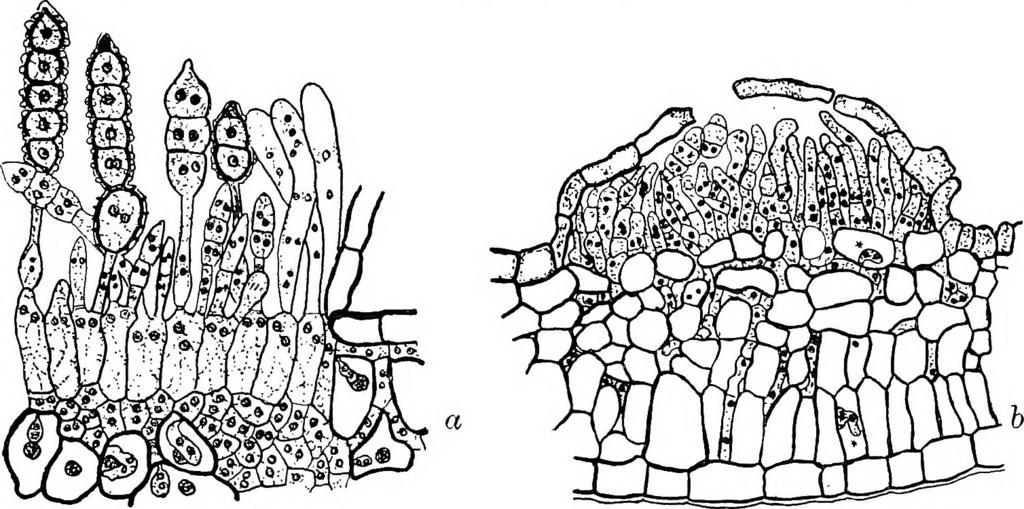MAKE A MEME
View Large Image

| View Original: | Image_from_page_220_of_"Fungi,_ascomycetes,_ustilaginales,_uredinales"_(1922).jpg (1508x750) | |||
| Download: | Original | Medium | Small | Thumb |
| Courtesy of: | www.flickr.com | More Like This | ||
| Keywords: <strong>Title</strong>: Fungi, ascomycetes, ustilaginales, uredinales <strong>Identifier</strong>: cu31924001652407 <strong>Year</strong>: <a href="https://www.flickr.com/search/?tags=bookyear1922">1922</a> (<a href="https://www.flickr.com/search/?tags=bookdecade1920">1920s</a>) <strong>Authors</strong>: <a href="https://www.flickr.com/search/?tags=bookauthorGwynne_Vaughan_Helen_Charlotte_Isabella_Fraser_Dame_1879_">Gwynne-Vaughan, Helen Charlotte Isabella (Fraser) Dame, 1879-</a> <strong>Subjects</strong>: <a href="https://www.flickr.com/search/?tags=booksubjectFungi">Fungi</a> <strong>Publisher</strong>: <a href="https://www.flickr.com/search/?tags=bookpublisherCambridge_Eng_University_Press">Cambridge [Eng] University Press</a> <strong>Contributing Library</strong>: <a href="https://www.flickr.com/search/?tags=bookcontributorCornell_University_Library">Cornell University Library</a> <strong>Digitizing Sponsor</strong>: <a href="https://www.flickr.com/search/?tags=booksponsorMSN">MSN</a> <strong>View Book Page</strong>: <a href="https://archive.org/stream/cu31924001652407/#page/n220/mode/1up" rel="nofollow">Book Viewer</a> <strong>About This Book</strong>: <a href="https://archive.org/details/cu31924001652407" rel="nofollow">Catalog Entry</a> <strong>View All Images</strong>: <a href="https://www.flickr.com/search/?tags=bookidcu31924001652407">All Images From Book</a> Click here to <a href="https://archive.org/stream/cu31924001652407/#page/n220/mode/1up" rel="nofollow"><strong>view book online</strong></a> to see this illustration in context in a browseable online version of this book. <strong>Text Appearing Before Image: </strong> <em>VIIl] UREDINALES 205 produce a second type of uredospore with thick walls which are adapted to survive unfavourable conditions; these are known as amphispores. Both aecidio- and uredospores germinate readily and without a rest if fully ripe, but many are shaken off by wind and rain before they reach maturity and remain incapable of germination. Moreover it is stated that spores will not ripen properly on leaves that have been removed from the plant. Sooner or later the mycelium of binucleate cells gives rise to teleuto- spores; these are characteristically grouped together in teleutosori (fig. 180),</em> <strong>Text Appearing After Image: </strong> <em>Fig. 180. a. PAragmidium Ritbi Vets.; teleutosorus, x 240; after Sappin-Trouffy; b. Phragmidium ZJio/aceii//i Wint.; teleutosorus, X240; after Blackman. except in the genus Uredinopsis, on ferns, where they are scattered. Like the uredospores the teleutospores are with or without paraphyses and like them arise from rectangular basal cells. They appear as narrow binucleate outgrowths in which one or more divisions take place so that, in the majority of cases, a stalk is formed below and the simple or compound teleutospore is produced above (fig. i8i). The stalk may increase consider- ably in length {Gymnosporangium, Uromyces, Puccinia) or may be very short or absent {Coleosporiitm, Melampsora). As already stated the young teleutospore cell is binucleate (fig. 182); when the wall is fully thickened the two nuclei fuse and the spore passes into the resting state. On the renewal of its development two nuclear divisions occur and the gametophytic phase is initiated with the production of the uninucleate basidiospore. In the Uredinales the fertilization process thus takes place in two stages, nuclear association being separated by a longer or shorter series of vegetative cells from nuclear fusion. We have here a difference in degree though not</em> <strong>Note About Images</strong> <em>Please note that these images are extracted from scanned page images that may have been digitally enhanced for readability - coloration and appearance of these illustrations may not perfectly resemble the original work.</em> bookdecade1920 bookcentury1900 bookyear1922 booksubjectfungi bookpublishercambridgeenguniversitypress bookcollectionbiodiversity bookcollectionamericana bhlconsortium bookleafnumber220 booksponsormsn bhlcollection bookcontributorcornelluniversitylibrary bookcollectioncornell bookidcu31924001652407 bookauthorgwynnevaughanhelencharlotteisabellafraserdame1879 Phragmidium telium.jpg Fig 180 a Phragmidium Rubi Vets ; teleutosorus x 240; after Sappin-Trouffy; b Phragmidium Violaceum Wint ; teleutosorus X240; after Blackman https //www flickr com/photos/internetarchivebookimages/20736108902/in/photolist-xAnYK1-wEkqYV-oeHwfc-ovxe7z-otvfkU-ovvs6m-ovfYd4-oe3to8-oeHwWT-owdgnD-xAo1tb-ovW74r-wEbTju-oeJmKr-xBPj7k-xjAq69-ovvphW-x5sYLy/ 1922 Gwynne-Vaughan Helen Charlotte Isabella Fraser Dame Basidiomycota Phragmidium rubi Phragmidium violaceum PD-old | ||||